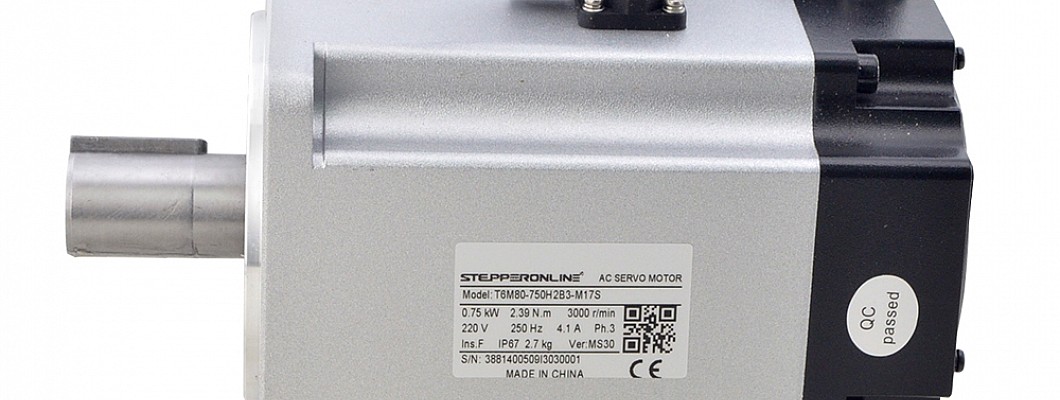
The problem of vibration and abnormal noise of the servo motor will not only affect the production efficiency, but also may cause damage to the machine. This blog will briefly introduce the causes and solutions of abnormal vibration and noise of servo motors, as well as tips for reducing noise for reference.
1. Mechanical structure problems
There may be problems with the mechanical structure of the servo motor, such as insufficient lubrication of the bearings of the motor, resulting in wear of the bearings, loose bearings, loose internal parts of the motor, sundries inside the motor, etc. These problems can cause abnormal noise when the motor is running. Solution: Check the mechanical structure, if the above situation occurs, replace or repair it in time.2. Drive problems
The driver of the servo motor may have problems such as incorrect setting parameters and unstable power supply voltage. These problems will cause the driver to work unstable, generate vibration and abnormal noise. Solution: If there is no problem with the mechanical structure, you can check the driver. If the above situation occurs, reset the parameters or replace the power supply.3. Motor control problems
There may be problems in the control system of the servo motor, such as controller failure, control signal interference, etc. These problems can lead to unstable motor control and abnormal noise. Solution: If there is no problem with the mechanical structure and the driver, you can check the control system again. Replace the controller or install an interference filter if necessary. 4. Servo motor parameter setting problem Solution: a. The setting of the electronic gear ratio is too large. In this case, you can try to restore the factory settings. b. You can try to adjust the notch filter frequency and amplitude. 5. Servo motor wiring problems Solution: a. Check whether the cable is damaged; use a standard cable. b. Check whether there are interference sources around the control line. c. Check whether the cables are properly connected and whether the terminals are displaced. The following are some tips for reducing electrical noise in servo motors 1. Purchase a cable with the correct number of wires. If possible, use twisted pair wires to connect the send and return of each circuit. Keep the cables as short as possible and don't roll up excess cables and store them in the cabinet. 2. Always use shielded cables. It's not enough to have a shield inside the cable; it needs to be properly grounded at the motor or drive, but not both. Shielded cables can actually make your problem worse if you don't have a solid ground. 3. Prevent the feedback cable from being entangled or running in close parallel with the high voltage cable. Maximizing the distance between communication and high voltage cables will minimize the impact of noise on your system.Also, when a servo motor is not securely fastened to its foundation, excessive vibration can occur. This can cause wear and tear on the motor and eventually cause the exterior material to peel or crack. So you want to make sure the servo motor is aligned and securely fastened to its base, which not only minimizes vibration, but also minimizes the additional mechanical load that results from it.
Of course, in addition to these, there will be some other special situations. If you can't confirm and solve the motor problem, you can ask professional technicians for help.





















































